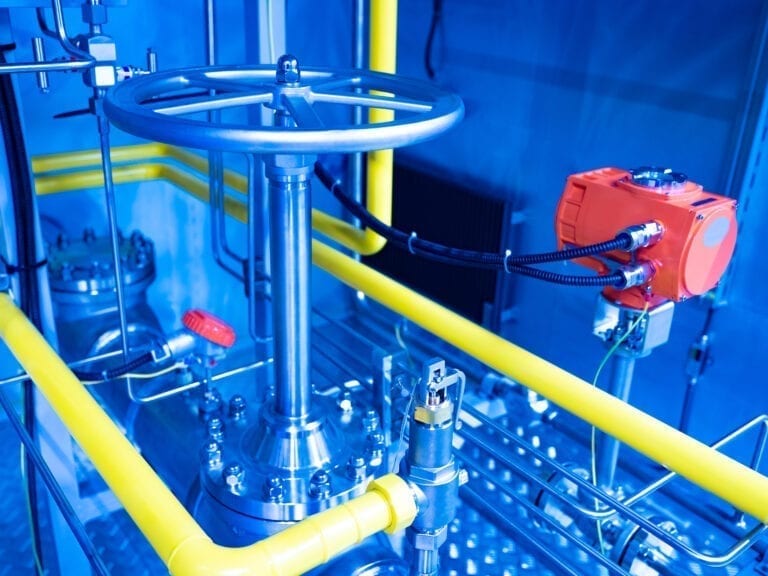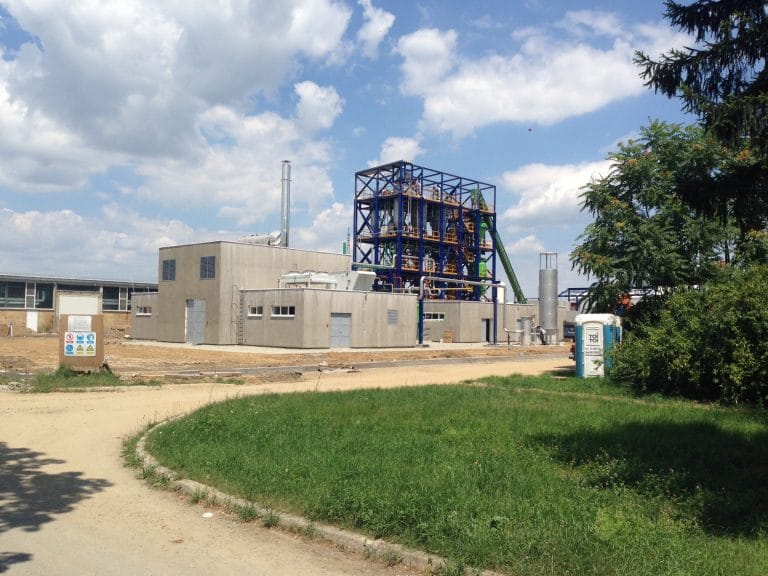What is gasification?
Here’s a quick guide for energy infrastructure owner-operators, developers, investors, EPCs and waste management companies.
Gasification is a misunderstood and largely overlooked technology that offers huge potential benefits when it comes to processing waste, producing sustainable energy, and reducing greenhouse gas emissions in a cost effective way.
Many people mistakenly believe that gasification is ineffective, or that it only works to convert certain feedstocks into energy. At the same time, even many in the waste management and waste to energy industries remain unaware of the wide variety of outputs possible from gasification.
That’s why we decided to put together this quick guide to explain how gasification works and how it might best be applied to today’s most pressing waste management and energy production challenges.
How gasification works - a brief overview

Advanced gasification is the thermochemical transformation of waste feedstocks (carbon-based materials) into a synthesis gas, or ‘syngas’. In contrast to incineration — a more widespread kind of waste to energy technology which burns waste feedstocks in the open presence of oxygen – in gasification, the feedstock materials are converted to a gas (along with byproducts such as ash and biochar) under conditions of high temperature and a highly controlled supply of partial oxygen and/or steam.
- Electricity – with a gas engine or steam cycle.
- Heat or Steam – for use in commercial / industrial processes.
- Liquid biofuels – using a Fischer-Tropsch gas-to-liquids process.
- Bio-Synthetic Natural Gas (Bio-SNG) – can be used in road, rail, air and marine transport vehicles as a substitute for diesel or petrol. Bio-SNG has a much smaller carbon footprint when compared to petroleum products.
- Synthetic Natural Gas (SNG) – via a methanation process which can then be injected directly into the gas grid.
- Hydrogen – via a process that separates and purifies the hydrogen content of the syngas.

What materials can be gasified?
- Paper
- Card
- Green waste
- “Putrescible waste”
- Wood
- Plastics — “as they have a high carbonaceous content”
The universities of Lorraine, France, and Extremadura, Spain, have test facilities based on EQTEC’s advanced gasification technology. As a result of R&D carried out at these locations, we have test results that prove our technology can generate energy from nearly 60 different kinds of feedstocks, including:
- Olive stones
- Nut shells
- Straw
- Grape bagasse
- Wood chips
- Sawdust
- Pine cones
- Forestry clippings
- Lignite
- Sludge
- Rubber
- Demolition rubble
- Plastics
- Municipal solid waste (MSW) – after recycling also known as refuse-derived fuel (RDF)
The gasification process
- Counter-current fixed bed (“up draft”) gasifier
- Co-current fixed bed (“down draft”) gasifier
- Entrained flow gasifier
- Plasma gasifier
- Fluidized bed reactor
Applications for advanced gasification
As already mentioned above, advanced gasification can produce a host of valuable outputs, including electricity, heat, liquid biofuels, synthetic natural gas, bio-synthetic natural gas, biochar, and hydrogen.
Comparisons with incineration
“A considerable amount of an incineration plant’s infrastructure (and capex) is devoted to the cleaning of exhaust gases. This can also account for significant cost of an incinerator’s operations and can require further replacement of consumables.”
Arden Equity Research Tweet
Advanced gasification, by contrast, creates 25-30% lower greenhouse gas emissions than incineration. It also produces no fly ash or other pollutants.
Incineration also faces an uncertain future. In December 2019, the European Commission agreed to “exclude incineration from its list of activities that advance climate change mitigation… stating that minimising incineration and avoiding disposal of waste will contribute to the circular economy”. This decision follows a prior agreement to phase out subsidies to incinerator plants in the EU.
For more information on the comparisons between advanced gasification and waste incineration, read our article Energy from waste: the pros and cons of advanced gasification versus incineration.
The benefits of advanced gasification

For waste management companies, local authorities, EPCs, energy infrastructure owner-operators, developers and investors, and other waste-to-energy stakeholders, advanced gasification is likely to loom large in their future as incineration loses favour.
By Dr. Yoel Alemán, CTO, EQTEC plc
